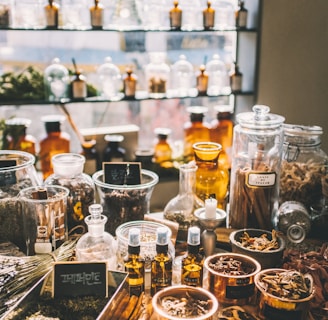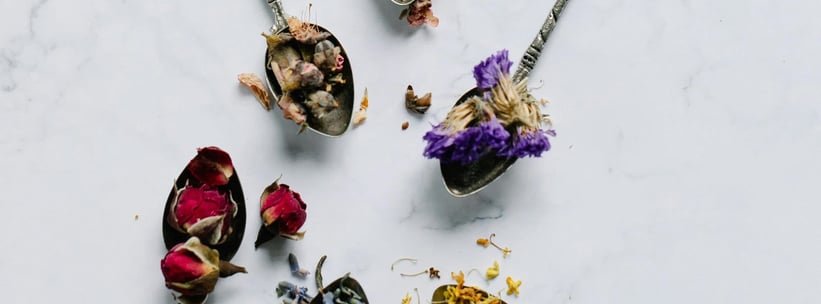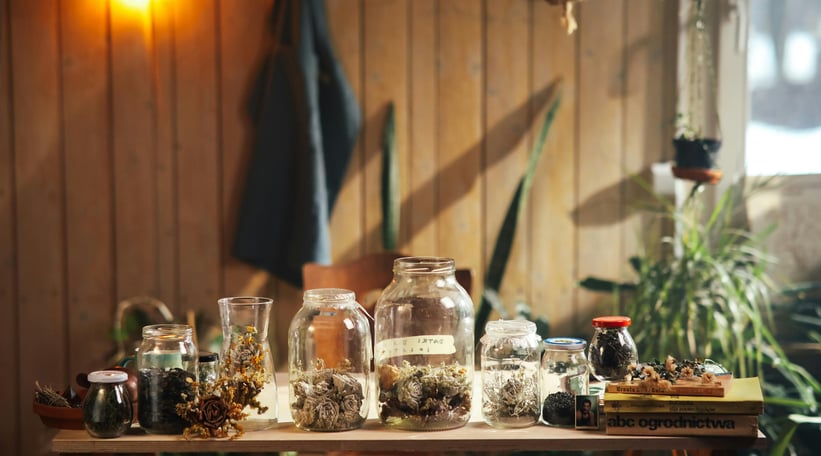How to Make Herbal Tinctures: A Beginner’s Guide
a beginners guide to making herbal medicine with tinctures.
Nevaeh Pillsbury
11/19/20242 min read
Herbal tinctures are a powerful, long-lasting way to extract and preserve the medicinal properties of herbs. They’re easy to make at home and can be customized to suit your specific wellness needs. In this guide, we’ll walk you through the process step-by-step.
What is a Tincture?
A tincture is a concentrated herbal extract made by soaking herbs in a solvent like alcohol, glycerin, or vinegar. The solvent pulls out the active compounds from the plant material, preserving them for extended use. Alcohol is the most common solvent due to its effectiveness and long shelf life. We also have an in depth e-book that outlines in detail all of the things that you need to know and understand to start making your own medicine today!
Supplies You’ll Need:
Dried or fresh herbs: Choose herbs based on your desired health benefits (e.g., echinacea for immunity, valerian for sleep).
Solvent: 80-proof vodka or brandy (or a non-alcoholic substitute like glycerin or apple cider vinegar).
Glass jar with a tight lid: Mason jars work well.
Cheesecloth or fine strainer: For straining the herbs.
Dark glass bottles: For storing the finished tincture, preferably with dropper tops.
Labels and marker: To keep track of what you made and when.
Step-by-Step Instructions:
Prepare Your Ingredients
If using fresh herbs, chop them finely. For dried herbs, crush them slightly to increase surface area.
Fill your glass jar about halfway with the herbs. This leaves room for the solvent.
Add the Solvent
Pour your solvent of choice over the herbs, completely submerging them. Fill the jar to the top to minimize air exposure.
Seal and Shake
Secure the lid tightly and shake the jar gently. This helps distribute the solvent and start the extraction process.
Store and Steep
Place the jar in a cool, dark place for 4–6 weeks. Shake it gently every few days to keep the herbs evenly soaked.
Strain the Tincture
After steeping, strain the liquid through cheesecloth or a fine strainer into a clean container. Squeeze out as much liquid as possible.
Bottle and Label
Pour the tincture into dark glass bottles to protect it from light. Label the bottles with the herb name, solvent type, and date.
Dosage and Storage
Dosage: Typically, tinctures are taken in small amounts, such as 1–2 droppers full (20–40 drops) diluted in water, tea, or juice. Start with a lower dose and consult a healthcare provider if needed.
Storage: Keep tinctures in a cool, dark place. Alcohol-based tinctures can last for several years.
Tips for Success
Herb Selection: Research the properties of different herbs to find the best match for your needs. Use organic, high-quality herbs whenever possible.
Safety: Not all plants are safe to consume. Ensure the herb you’re using is edible and consult with a professional for any health concerns.
Experimentation: Try combining herbs to create custom blends, such as calming mixtures with chamomile and lavender.
Making tinctures is a rewarding way to connect with herbal traditions and create personalized remedies. With a little time and care, you’ll have potent herbal extracts ready to support your health naturally.
Happy tincture-making!






